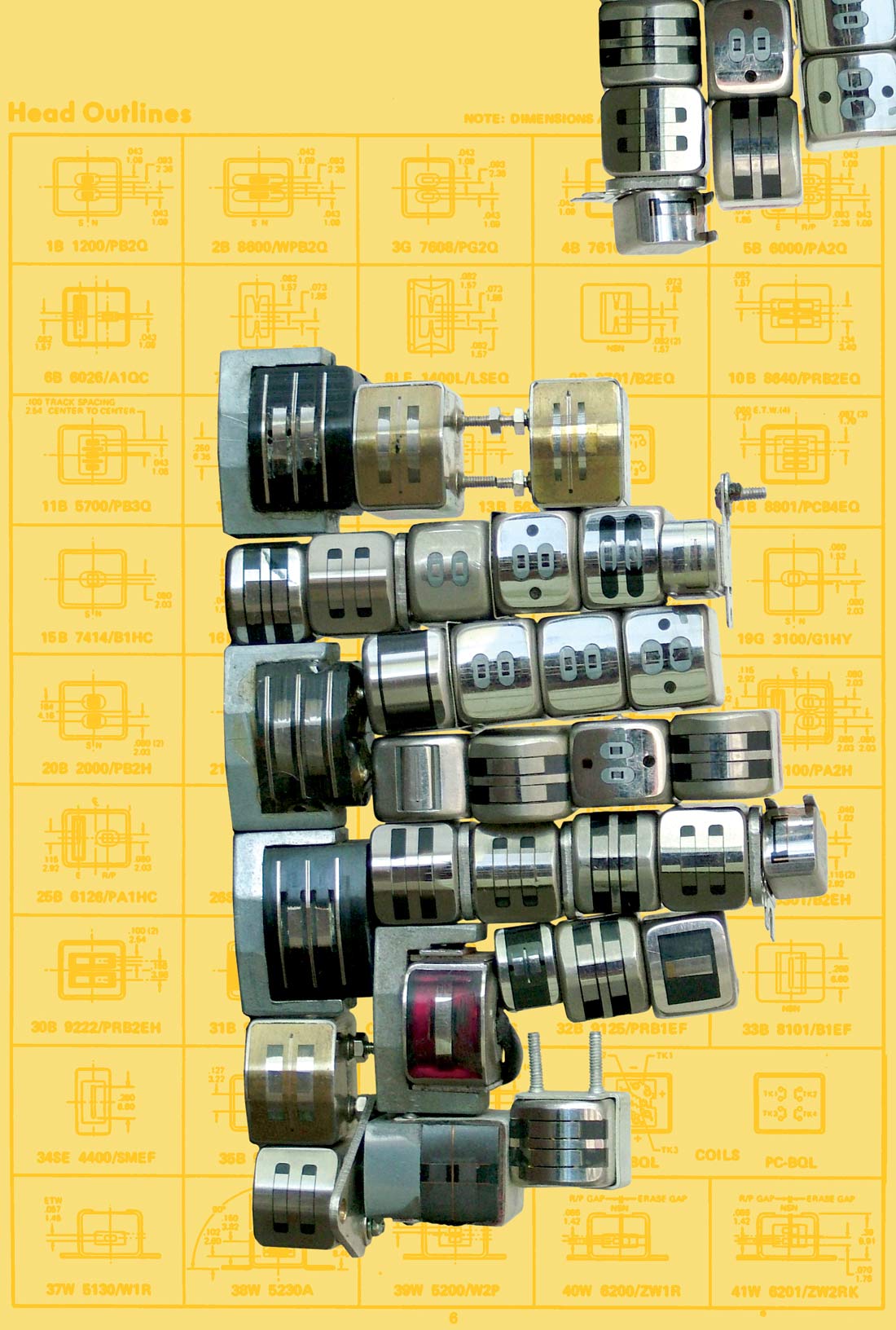The more I use Pro Tools, the more I use outboard analog. I used to have a single table-high rack of outboard processors (not including all my preamps), but these days, I'm working with two racks full of analog processing. My latest addition is a pair of 5033 EQs from Mr. Neve's Portico range (see Tape Op #49 and #51 for reviews of the 5012 and 5042 respectively). Most of my EQ'ing I accomplish using my DMX-R100 console's onboard EQs. These sound fantastic and extremely clean, and I've been spoiled by having 48 of them. But they don't always make everything sound better. On the other hand, I'm not sure what magic is inside the 5033, but everything I send through it immediately sounds good. Maybe the custom designed input and output transformers are adding a teeny bit of girth (um, distortion) to the sound, but the midrange especially benefits from passing through these EQs. And that's before I start moving the knobs! Speaking of knobs, the 5033 is set up with three parametric midrange bands along with shelving controls for low and high. There's also an overall level trim. Despite it having 14 knobs populating its half-width 1RU faceplate, it's nicely laid out, so I was immediately comfortable tweaking sounds with this box. (Although I think the knobs feel a little spongy and the LED pushbuttons can be too bright when looking directly at the unit.) Also, it's clear that some thought went into choosing frequency ranges, as there's some overlap in the midrange bands and a good deal of overlap with the two outer midrange bands and the low/high shelves. This makes it possible to shelf the low end down by say 5 dB at 150 Hz while simultaneously boosting 70 Hz by 7 dB with a Q of 2; something like this is a good trick for adding some extra oomph to a bass-heavy track without making it muddy, especially for playback on bookshelf speakers. It also allows you to do some extreme boosting or cutting with the overlapping midrange bands. But "extreme" might be the wrong word to use here. For one, the Q is limited to a maximum of 5. Second, even with all the levels turned to +12 or -12 dB, things never sound bad. You still end up with very useful, if not downright sweet, sounds. I was even quite amazed that I could sweeten up a vocal track by adding gobs of high shelf at 20 kHz, which I normally wouldn't do to add "sweetness" to a sound, especially a sibilance-prone vocal. The boost added just enough "air" and almost a phantom presence (upper harmonics maybe?) without sounding crunchy, even after lots of compression. It really helped to bring the vocal forward in the mix without adding extra level. I've also found that the 5033 is perfect for electric guitar. There's the immediate benefit from the aforementioned midrange magic, and you can subtract or add as much mud and crunch as you need so that the guitar will sit in the mix without losing its sense of stage or getting in the way of other instruments. All said, I think the 5033 is a fantastic EQ. It sounds amazing, it's dead-quiet, and it even has the bus connectors on the rear for connecting multiple Portico units... or for building a Portico-based recording console. ($1795 MSRP; www.rupertneve.com)
Tape Op is a bi-monthly magazine devoted to the art of record making.




_disp_horizontal_bw.jpg)